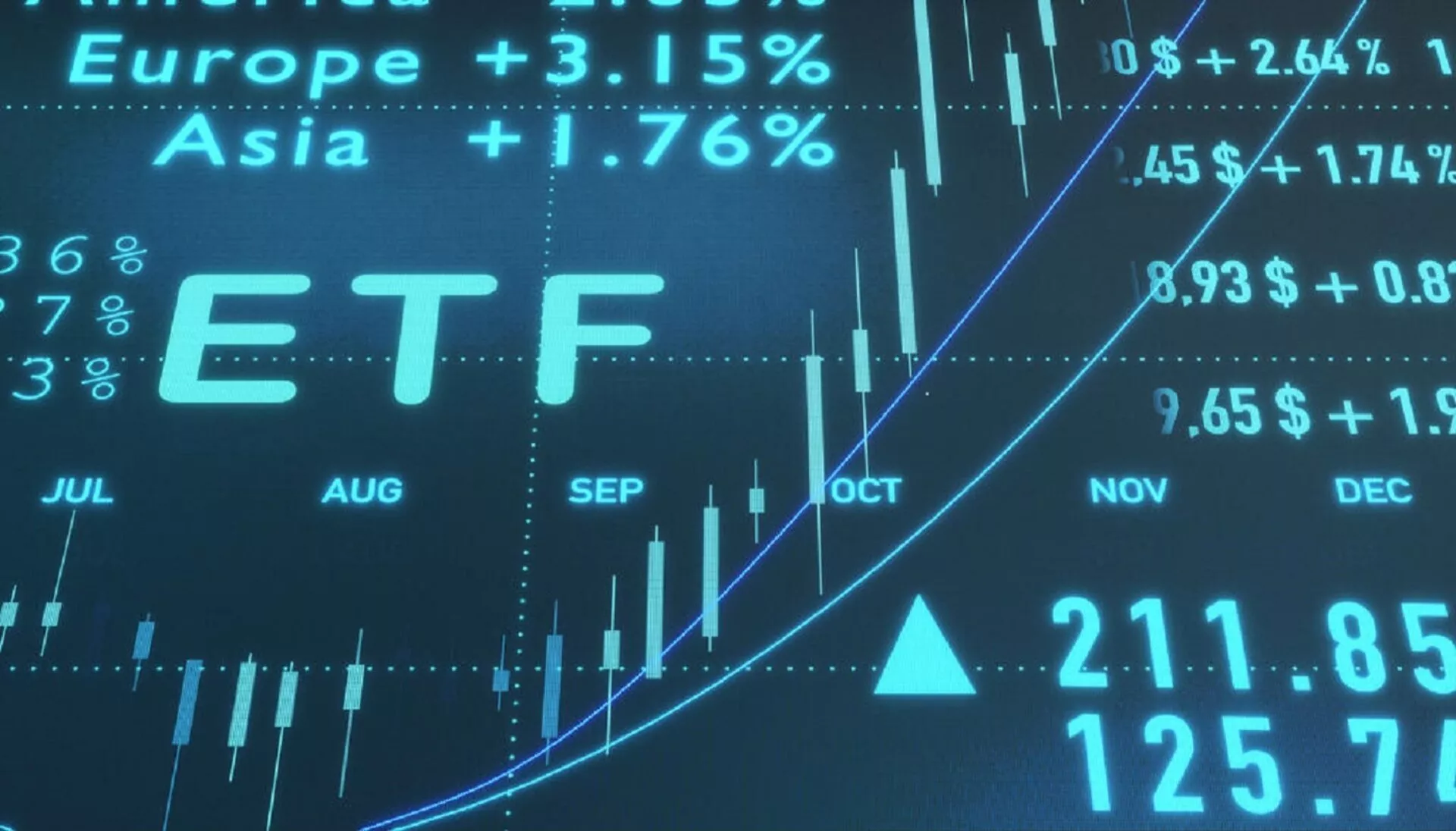
The Rise of Active ETFs
Insights from Sébastien Lemaire, Head of ETF Research at Societe Generale.
While passive ETFs have dominated the conversation in recent years—especially in the United States, where they now account for a major portion of investment flows—active ETFs are now stepping into the spotlight, challenging their passive counterparts and reshaping the industry.
The Growing Market for Active ETFs
The current landscape of active ETFs is both exciting and promising. Based on our SG ETF Research data,70% of ETFs launched in the US over the last two years were actively managed, and there are now more actively managed USETFs than purely passive ones.
This current shift is not merely a fleeting trend; it represents a substantial change in how investor's view and utilize ETFs. True, active ETFs still have relatively modest assets under management compared to passive ETFs (10% in the US and 4% in Europe), but they have grown fast and gained market shares quickly. Over the past five years, active ETFs have captured 30% of total inflows in the U.S., compared to just 7% in Europe. As such, this trend is not just confined to the U.S.; it is gradually making its way to Europe, albeit with a delay of about 5 to 6 years.
In terms of market size, the unprecedented growth of active ETFs in the U.S. is largely attributed to a tax advantage over traditional funds, making them subject to reduced taxes on capital gains. The approval of semi-transparent structures (that do not fully disclose their holdings and actual weightings) by the SEC in 2019 seems to have played a minor role. In Europe, there is a growing enthusiasm for active ETFs, which enjoy competitive management fees and superior liquidity and appeal to a new generation of investors who have only known the internet.
Challenges Facing Active ETFsDistribution of funds - Traditional funds continue to dominate the European fund distribution landscape, with ETFs receiving less attention due to the absence of distribution commissions. But - 50% of life insurance contracts in France now offer ETFs, indicating a shift in how these investment vehicles are perceived. Performance - Simply encapsulating an active strategy in an ETF wrapper does not guarantee success. These funds must consistently outperform passive management and relevant indices. However -active ETFs in the equity space struggle to beat indices constantly year after year, starting with US and emerging market indices. In the fixed income complex, active ETFs often outperform in most liquid segments (money market, sovereigns) but it is not the case in less liquid markets (EM bonds, high yield) where returns may be penalized by higher transaction costs. | The Advantages of Active ETFsLower fees - Because active ETFs have a simpler structure than traditional mutual funds, they enjoy much lower management fees, which can be a decisive factor for investors. Higer liquidity - Active ETFs provide superior liquidity. Unlike traditional funds that have a daily Net Asset Value (NAV), ETFs are traded continuously during market hours, allowing for greater liquidity and flexibility. |
Comparing ETF Asset Distribution – Active and Passive strategies | SG Markets Insight




